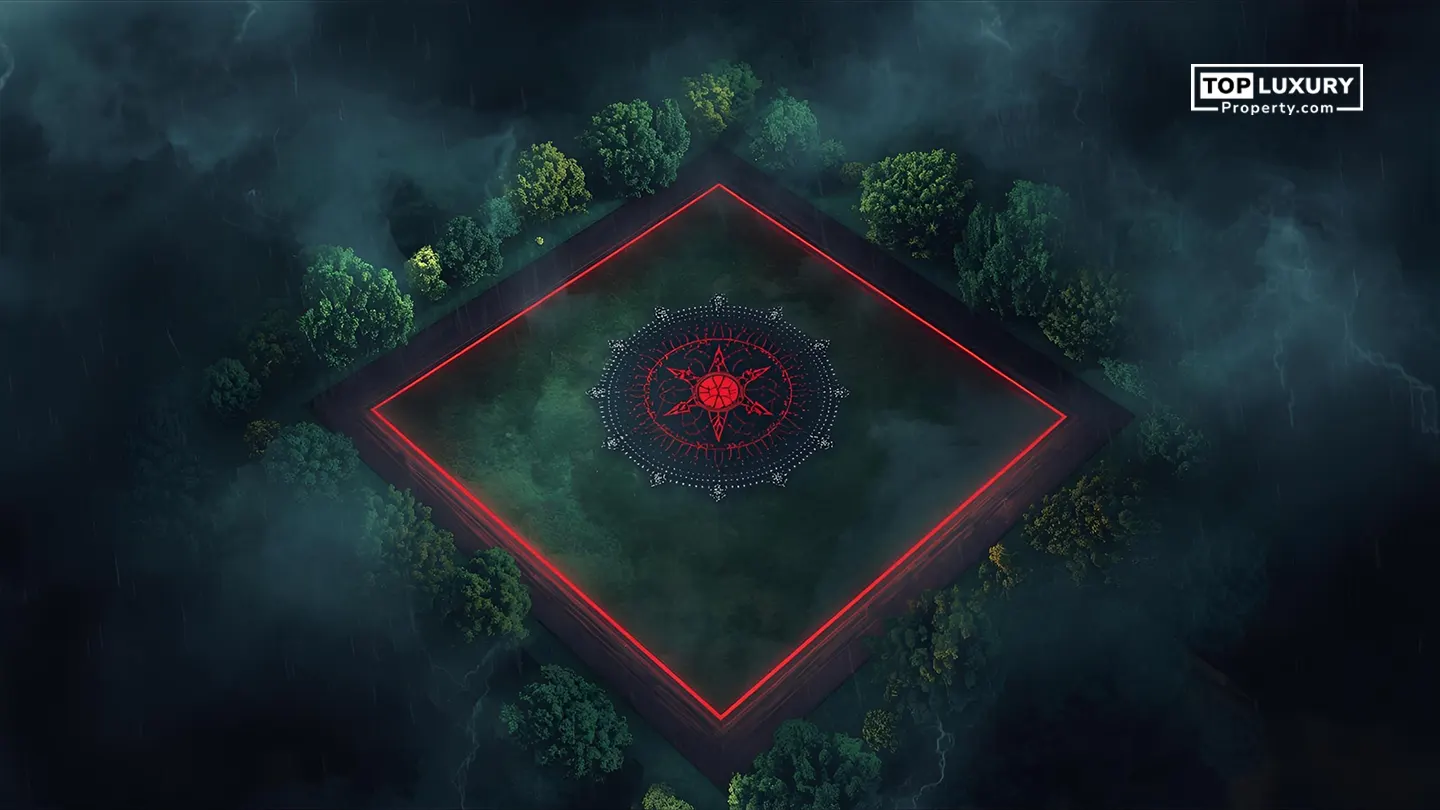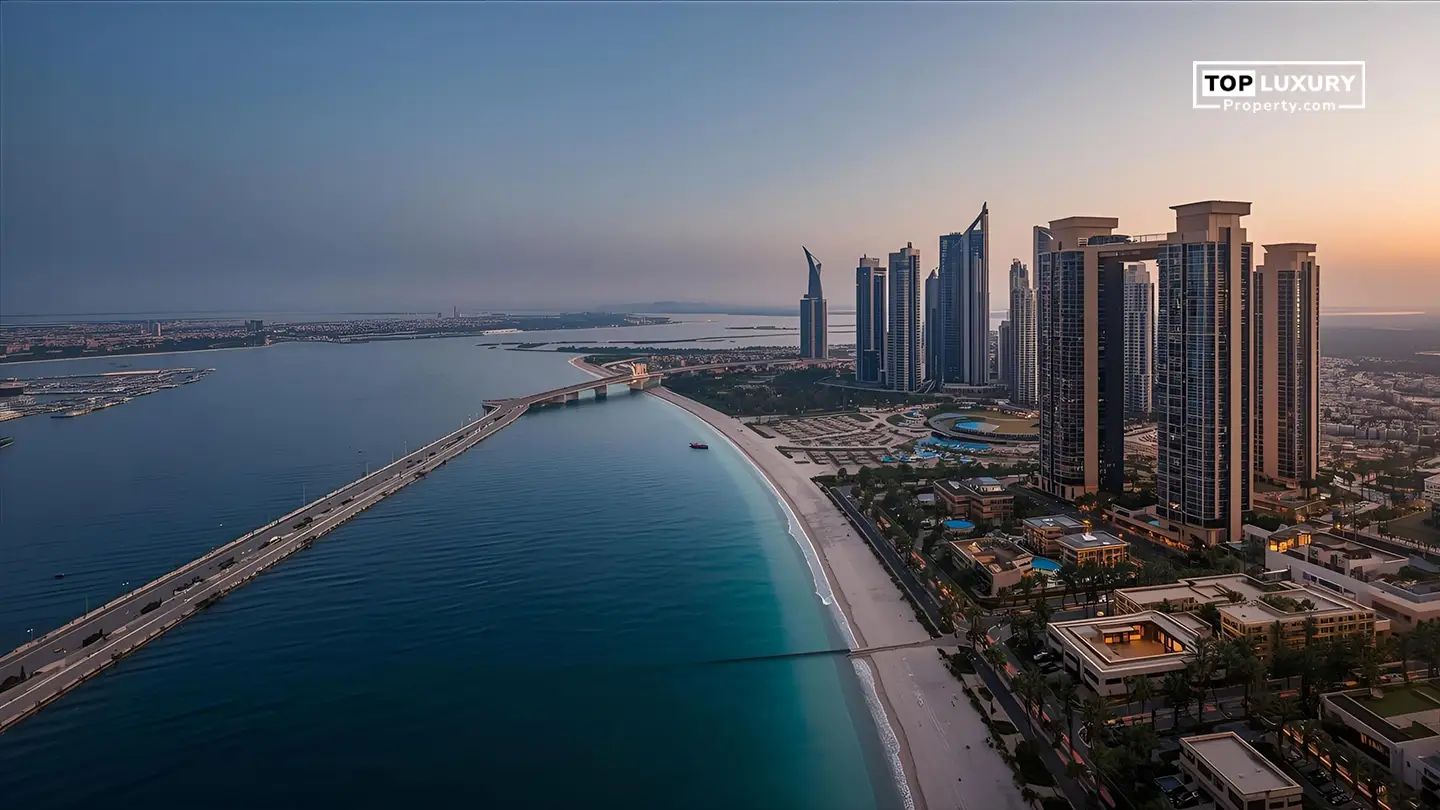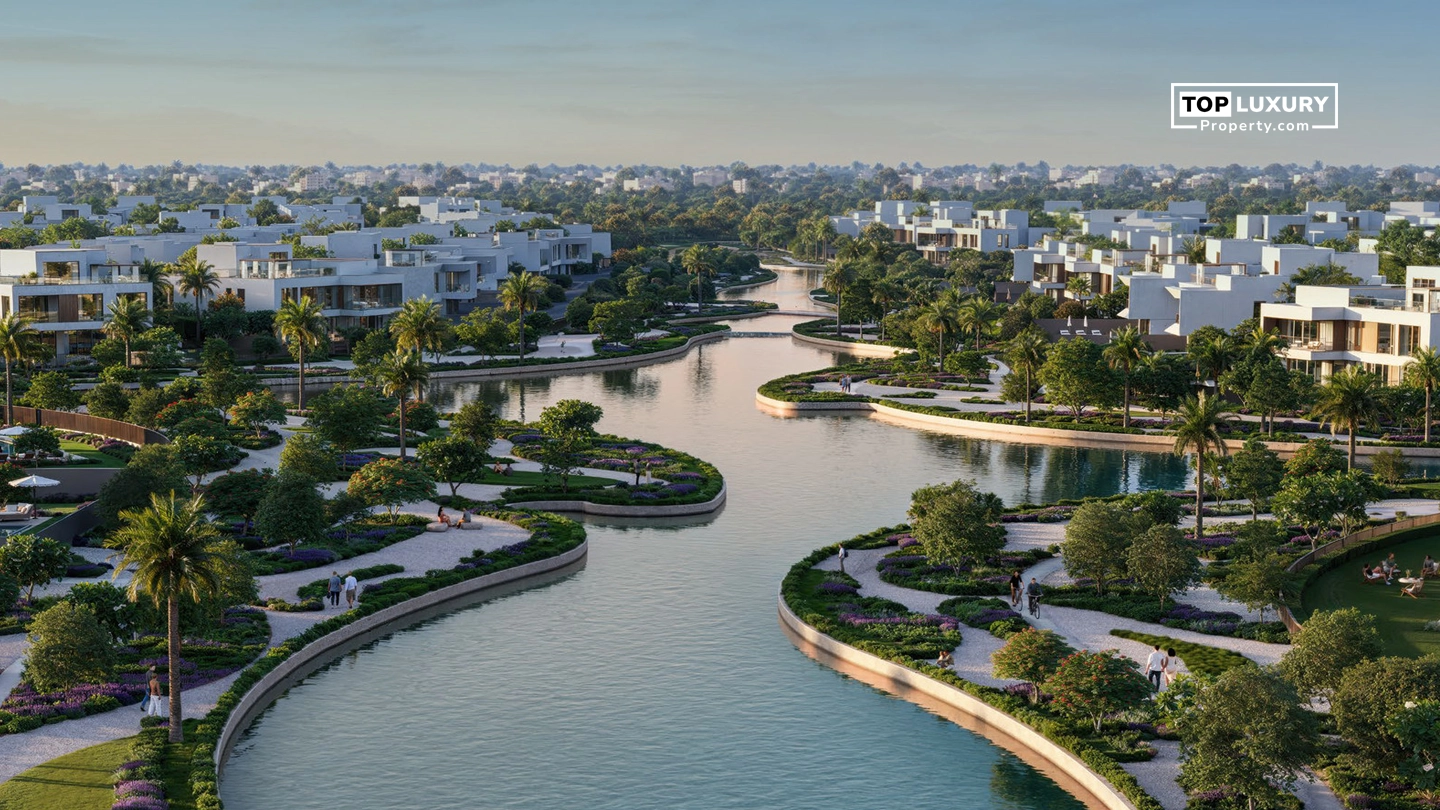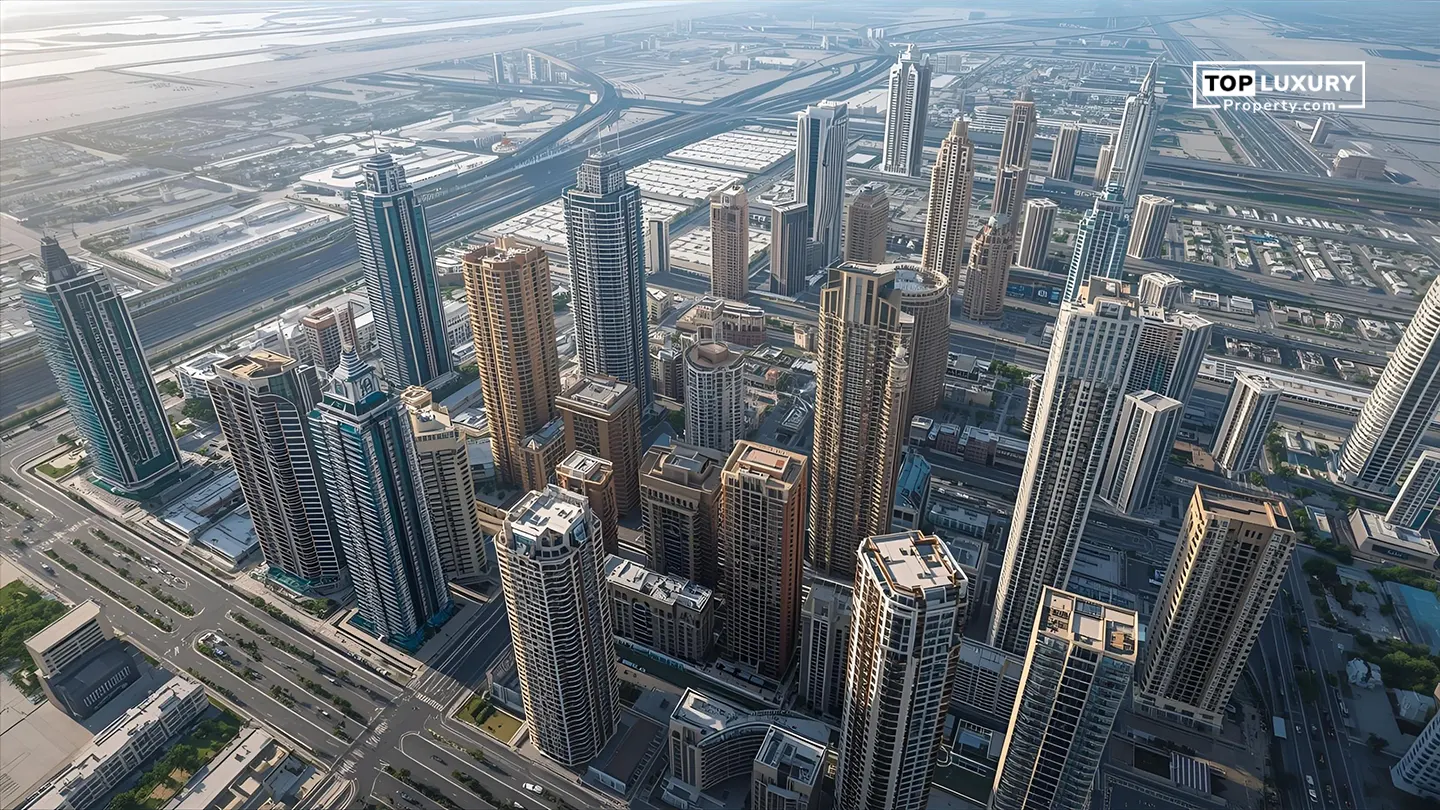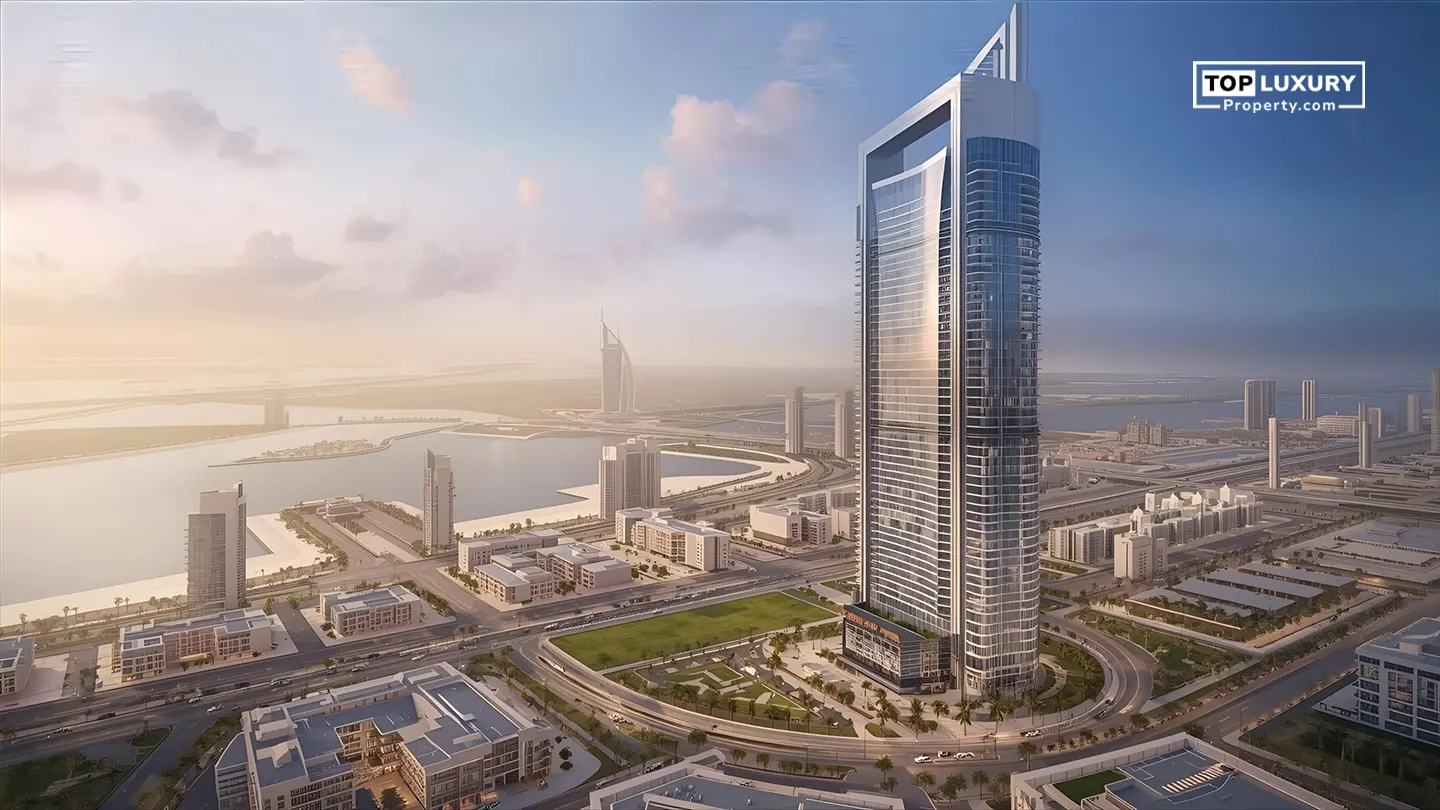The corner lots in the real estate sector are usually sold as premium products because of their visibility, dual road access and flexibility in architecture.*
But does a corner plot necessarily mean a living or investment experience is going to be better? Not always. As a matter of fact, there are a number of data- and design-related aspects that may render a corner plot undesirable, or even troublesome.
There is more noise and traffic, privacy and poor orientation are just some of the factors that have to be considered. Besides, according to usual planning principles such as corner plot vastu, not all corners or directional positioning are beneficial and will lead to good luck or positive energy. Others can come with additional expenses, pain, or adverse consequences unless evaluated properly.
Understanding Corner Plots: Benefits and Challenges
- Accessibility via two roads: Improved movement and multiple access points.
- Improved sight and illumination: Enhanced visibility and natural light.
- Space of bigger losses or free spaces: Potential for larger open areas or setbacks.
- Greater resale value (in some instances): Can yield higher returns if the location and orientation are favorable.
Challenges include:
- More traffic and noise exposure: High exposure to movement and external sound.
- Rising building and border expenditures: Additional cost for boundary walls and façade treatments.
- Compromised privacy: Exposure from multiple directions reduces seclusion.
- Setback or zoning limits: Legal restrictions can reduce usable space.
This is a clarification: a corner plot is not only an opportunity as it is a liability depending on a number of situational factors.
Factors Affecting the Suitability of Corner Plots
All corner plots are not created equal. Others turn out to be liabilities instead of being assets. Following are the major determinants:
| Factor | Positive Sign | Negative Indicator |
|---|---|---|
| Orientation | North-East or East facing | T-junction or South-West |
| Surrounding roads | Residential streets, low traffic | Big intersections, major thoroughfare |
| Plot elevation | Raised and well drained | Waterlogging danger, inwardly sloping |
| Neighboring properties | Neat and tidy low-rise houses | Abandoned spaces, commercial buildings |
| Utilities & access | Access to water, power and sewage where available easily | The obstructed or complex access to utility Blocked or complicated utility access |
Corner Plots and Vastu Shastra: What to Avoid
When you are thinking of traditional design principles and most especially Vastu-based planning, there are some corner plots which are deemed to be inauspicious especially in terms of energy flow and directional imbalance.
As per Vastu principles, do not buy the following corner plots:
- South-West facing corners: This is usually associated with insecurity and greater financial burden.
- T-junction plots (Veedhi Shoola): When the road terminates into the plot directly, the same is said to cause aggressive or harmful energies.
- Plots that are in lower elevation at South or West sides: This will encourage poor drainage and unequal energy flow.
- Acute angular plots: Corners that are triangular or irregular will make the house unbalanced.
Orientation, slope, and road direction are very important in Vastu and negligence of the same may cause discomfort or even distress even in the best areas.
Traffic and Noise: Why Some Corner Plots Fall Short
Increased exposure to vehicle traffic is one of the bad corner plots as per vastu. This is even a bigger concern in case of:
- The site is located on the crossroad of two busy roads: High noise and pollution levels.
- It is close to a traffic light or roundabout: Constant vehicle flow affects serenity.
- There are commercial premises, schools, or mosques nearby: Brings additional footfall and congestion.
- No pedestrian or parking buffer is designated: Reduces safety and comfort.
Traffic congestions mean more noise, less privacy, and more chances of accidents, particularly to families having children or aged members.
Privacy Concerns with Certain Corner Plots
The corner plots are open on two sides by default with two streets on the sides of the home. This limits wall space and increases the number of openings like windows, gates, or balconies, leading to:
- Privacy is difficult to sustain: Exposure to public spaces from multiple sides.
- Higher possibility of intrusion or visual exposure: Reduced seclusion.
- Minimal fencing or shielding of the landscape: Legal or spatial limitations restrict options.
Although some of these problems can be addressed with architectural design, it will usually be more expensive. It is particularly hard when there are bylaws limiting the high walls or fencing since of road sight.
Road Orientation and Its Impact on Corner Plot Quality
The direction roads come into the plot can have a significant influence on livability and resale:
- Roads facing North or East are mostly preferred: Natural light and ventilation improve comfort.
- West facing roads expose the house to harsh sunlight in the afternoon: Raises cooling expenses.
- Roads facing south and particularly wide roads or those sloping downwards can have adverse environmental impact: Increases flooding and energy inefficiency.
There is also road elevation, a corner plot which is lower than the road is bound to water pooling, erosion, and flooding.
Utility Access and Infrastructure Issues
Although corner plots might appear to be better connected, in some cases corner infrastructure can be strangely laid out, particularly in older neighborhoods or oddly shaped layouts.
- There could be improper sewage lines: Risk of drainage failure and odor issues.
- Electric poles or transformers can be located too near to the boundary: Limits design scope and aesthetics.
- Water delivery pipes can require longer piping— increasing expenses: Adds to construction and utility setup cost.
Before purchase, buyers ought to carry out a utility audit to prevent surprises after possession.
Environmental Factors: Sunlight, Wind and Drainage
The environmental benefits do not favor every corner. The problems can depend on orientation and adjoining buildings and include:
- West and South corners are too sunny and hot: Increased indoor temperatures and utility bills.
- Insufficient wind flow due to adjacent tall buildings: Poor ventilation.
- Poor drainage when natural slope drains the water into the plot: Raises the risk of water damage.
Some of these can be rectified with landscaping and design, which can come at an extra cost—and must be considered when calculating ROI.
Legal and Zoning Restrictions for Corner Plots
Stricter development controls are common with corner plots and include:
- Mandatory setbacks on both sides facing streets: Reduces buildable area.
- Restrictions against business in the residential areas: Limits usage flexibility.
- Limitations on height of boundary walls: Affects privacy and security.
- The regulation on parking gates or entry gates: Can constrain architectural layout.
Ensure that you do not have to redesign or break the law by checking zoning regulations and DLD/RERA regulations prior to purchase.
Case Studies: Examples of Problematic Corner Plots
- There was a poor resale of a South-West facing corner close to a roundabout because of the high noise level and vastu hesitation among purchasers: Classic example of a bad corner plot as per vastu.
- Over and over again, a corner plot at a downward slope intersection was experiencing flooding during rainstorms because of improper drainage: Infrastructure issues lead to long-term problems.
- A corner triangular plot could not be built because of zoning bylaw on minimum buildable area: Regulatory compliance affected development potential.
These examples point out that location is not the only factor that will lead to a good plot, proper due diligence is necessary.
Conclusion
Although corner plots can be considered as lucrative, not all corner plots are good. Road orientation, environmental exposure, legal problems, to vastu alignment, are some of the factors that determine whether a plot will be adding or depreciating property value.
The most effective way of making a wise decision is to do a thorough analysis of the site, consult experts and also balance the practicality and planning principles.
When considering an investment in property, be careful not to be misled by the name of the corner property investment; not every corner property is one that will bring success. Always ensure a plot buy as per vastu to avoid energy and design issues.

